The Busan Modern History Museum
On the northern side of Yongdusan Park is the Busan Modern History Museum, which takes visitors on a stroll through the recent past of the city. It might as well call itself the Busan Museum of Japanese Aggression, because that’s basically the focus of every exhibit.
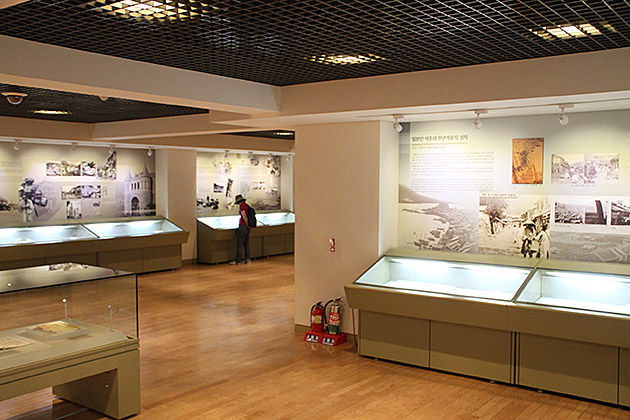
Modern history has given Busan plenty of reasons to dislike its neighbor to the east. Korea has always been battered about back and forth between the powers of Japan and China, who took turns possessing, threatening, attacking and pillaging the over-matched peninsula. Busan is the closest point of entry for the Japanese, so it makes sense that this city has borne the brunt of their abuse.
According to the museum, the modern history of Busan begins in 1876 with the opening of the port to international trade. Right away, the anti-Japan slant begins, as the we learn that the opening of the port was forced by the aggressive island empire, who wanted to obtain a foothold on the continent. Soon enough, Busan was on the losing end of unequal trade, and seeing large settlements of Japanese citizens replace their own.
The opening of Busan to the world should have been an exciting chapter in the city’s history, but the museum paints a grim picture of life under the influence of the Japanese. The foreigners came to control most of the city, giving optimal land to their settlers and converting the Dongrae area from the city’s historic center to their own pleasure park. As the years wore on, Koreans were conscripted into Japanese armies, and even sold into sexual slavery — an outrage for which, the museum notes, “Japan has never apologized”.
Surely there’s more to Busan’s modern history than Japan, and I kept waiting for the museum to move beyond its fixation. There’s a small room dedicated to the American-Korean relationship, following the Japanese expulsion at the end of World War II, and a little information about Busan’s growth, including a neat interactive panorama showing how much land has been reclaimed from the sea. But the focus is clear.
There’s no denying how evil and aggressive Imperial Japan was, and life in Busan must have been awful under their yoke. But history is never black-and-white and, for all their crimes, Japan also brought Busan into the modern age. Technology never before seen on the Korean peninsula was introduced, railways were built, bridges were constructed, streets were modernized, and so on. A case could be made that Busan lived a sort of golden period under the Japanese influence.
Regardless of your point of view, or what lessons you glean from its exhibits, the museum is fascinating and well worth the hour it takes to tour its two floors. And it’s free. When you exit, you might be in the mood to violently berate the next Japanese person you meet, but please try to remember: this is history. Let’s move on!
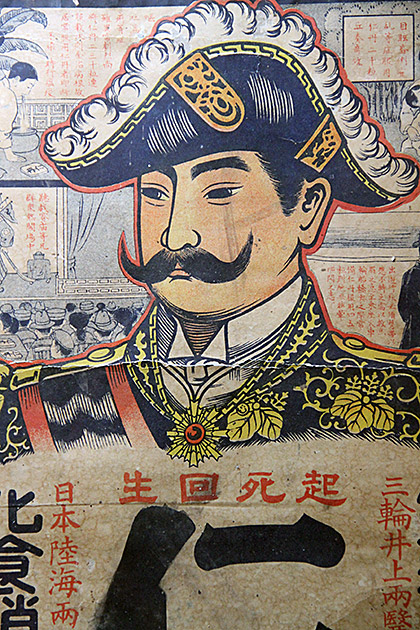

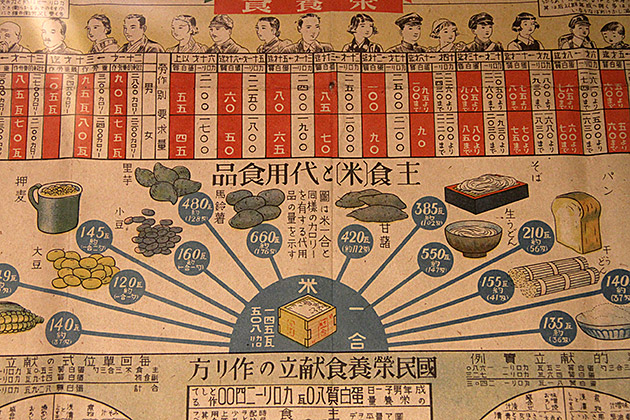
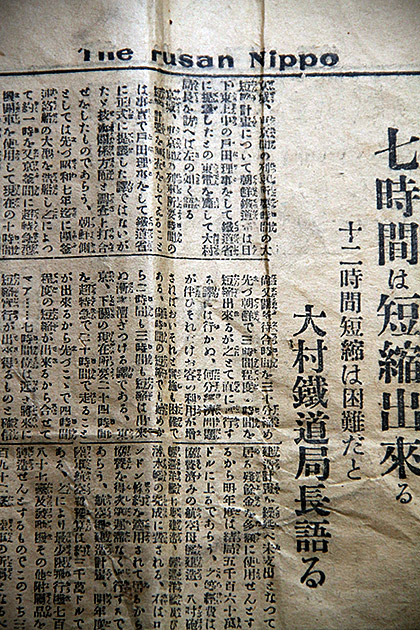
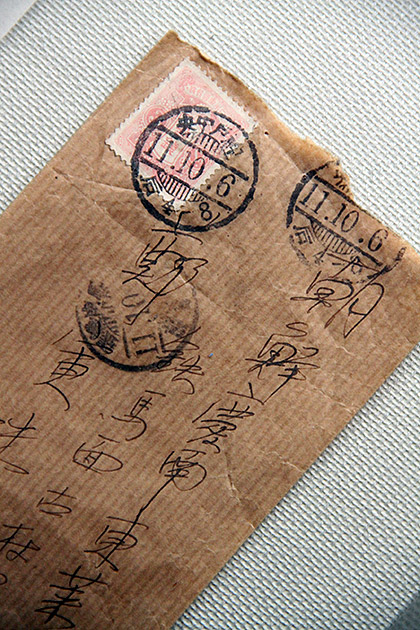

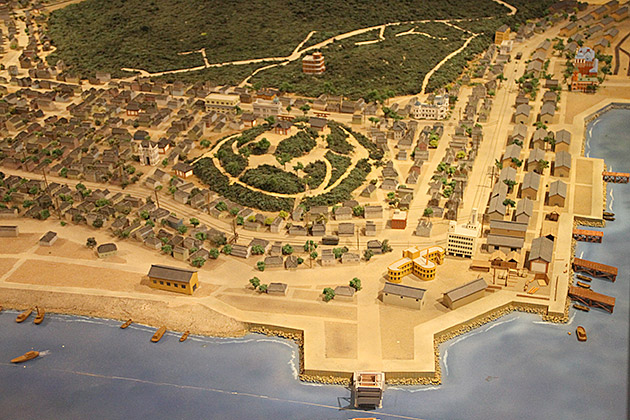

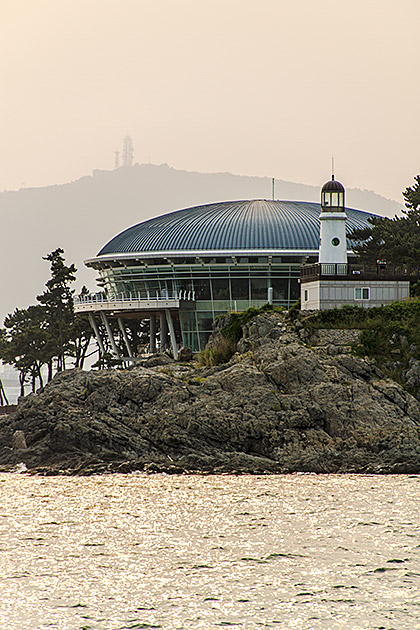
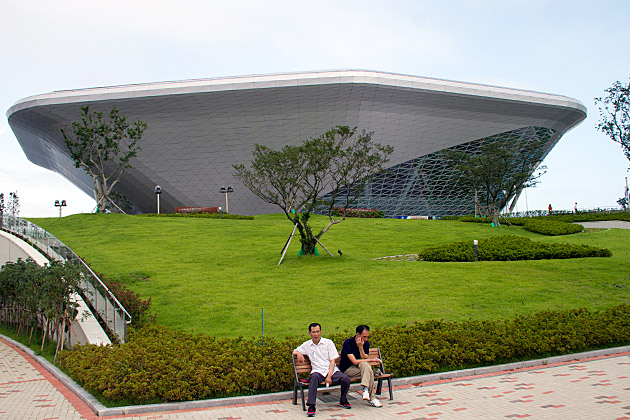

History is fascinating to me now, although when I was in school, I had little interest in it. In 1994, we were in the Hawaiian Islands and visited the Pearl Harbor Memorial, then taking a US Navy launch to tour the
USS Arizona Memorial. Our son, 11-years-old at the time, has always been a history buff, mainly because he loved all things aviation related, and was somber and reflective as he absorbed the impact of the devastation. Later, he told his dad and me that he didn’t think it was “fair” that Japanese tourists could go to the site. We were just astounded by that, because we had never expressed any judgments one way or another about it. Like you stated in closing…this is history, and we tried to impart that to him.